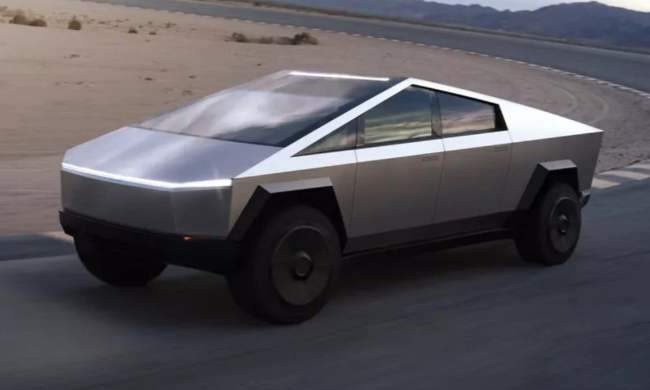What you see above is the all-new 2015 Ferrari California T. And it’s significant for a whole host of reasons. Not only is the new model far better looking than its predecessor (the best-selling Ferrari of all-time), it’s also Ferrari’s first forced-induction model since the F40.
The California T is motivated by a twin-turbo 3.8-liter V8 that makes 552 horsepower and 557 pound-feet of torque. These numbers are quite significant, too. Power is up 62 horses and torque is up 49 percent over the current California. All that power – when routed through the seven-speed dual-clutch transmission – is good for a 0 to 62 mph sprint in 3.6 seconds and a top speed of 196 mph.
This isn’t grandpa’s California anymore. The steering ratio is up 50 percent and – thanks to beefier brakes – a slamming stop from 62 mph is accomplished in 111.5 feet. This sort of stopping force is enough to cause you to see through time, albeit for a split second.
The interior is a bit more refined than the last model, too. It features a 6.5-inch touch screen, which will offer Apple Carplay. Notably, Ferrari will be one of the first global automakers to offer the new Apple-based infotainment system.
Also on that dash you’ll see a Turbo Response gauge, which is a bit easier for your trophy wife to comprehend than a turbo boost meter. Also, when you take her out for a top-down shopping spree, the new hardtop folding roof allows for more trunk space than ever before.
Don’t balk at a turbo’d California. Ferrari claims the new turbos allow for a 15-percent increase in efficiency, which equates to a 29.6 mpg rating on the European drive cycle.
Although the official debut of the California T doesn’t happen until the Geneva Motor Show next month, Buyers will be able to place their turbocharged orders starting in March.


